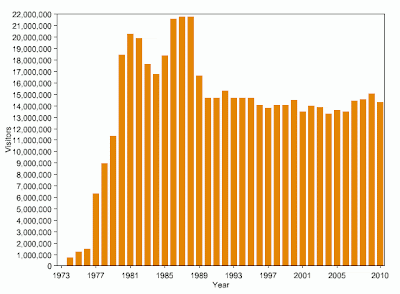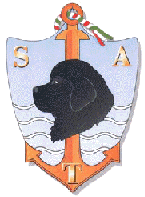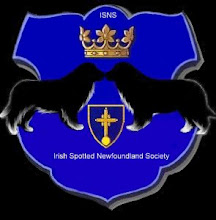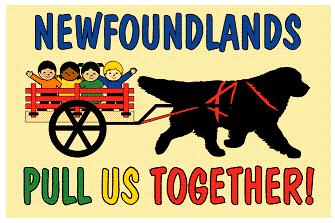

The GGNRA was established in part through a campaign in 1970 by Secretary of Interior Walter Hickel "to bring parks to the people", putting the National Park Service in a movement to increase outdoor recreation in urban areas. (U.S. Department of Interior News Release, September 14, 1970.)
In recent years, we have wondered if the GGNRA really wants us in “their park”. If you look at some of the GGNRA’s management activities, you have cause to wonder. For example, in 1989 the GGNRA, under the supervision of Brian O’Neill, signed on to a biosphere habitat program entitled “Man and Biosphere Habitat Programme” (“MAB” or “MAP”). One would be hard pressed to find a philosophy in greater conflict with the recreational priority of the GGNRA than that of Peter Bridgewater, Secretary of the MAB/MAP Programme, who has said, “Earth would be a better place if we had no people.”
This DEIS is premised as a necessity to save the GGNRA from being permanently degraded by overuse of the park. From the GGNRA DEIS Executive Summary (see: http://parkplanning.nps.gov/document.cfm?parkID=303&projectID=11759&documentID=38106):
"Since the 1990s, the San Francisco Bay Area population and overall use of GGNRA park sites have increased…”
From ABC News (http://abclocal.go.com/kgo/story?section=news/local&id=8000372):
"But the GGNRA says the number of visitors to the park has increased dramatically in the past 20 years, threatening the condition of the parks. The GGNRA also points out that it is the only recreation area in the national parks system that has any off-leash areas at all.”
The article further quotes GGNRA spokesperson Howard Levitt,
“We need to consider the spectrum of visitor use of an area, people who want to enjoy the park with their dogs off leash, people who want to experience it as dog-free, and all of our, as you can imagine, 16 million visitors that fit along that spectrum."
Funny thing, when you actually get a look at the NPS official visitor statistics for the GGNRA, you see that the GGNRA management is once again, lying.
From http://www.nature.nps.gov/stats/park.cfm?parkid=296:
Total GGNRA Recreation Visits
1973 - 42,600
1974 - 702,300
1975 - 1,196,900
1976 - 1,457,600
1977 - 6,300,200
1978 - 8,960,938
1979 - 11,321,127
1980 - 18,421,773
1981 - 20,279,789
1982 - 19,897,389
1983 - 17,604,551
1984 - 16,731,706
1985 - 18,355,365
1986 - 21,582,368
1987 - 21,767,176
1988 - 21,759,271
1989 - 16,656,896
1990 - 14,650,213
1991 - 14,695,771
1992 - 15,309,338
1993 - 14,695,777
1994 - 14,695,771
1995 - 14,695,771
1996 - 14,043,984
1997 - 13,803,382
1998 -14,046,590
1999 - 14,048,085
2000 - 14,486,065
2001 - 13,457,900
2002 - 13,961,267
2003 - 13,854,750
2004 - 13,270,547
2005 - 13,602,629
2006 - 13,486,826
2007 - 14,397,313
2008 - 14,554,750
2009 - 15,036,372
2010 - 14,271,503
Total - 522,102,545
The year of 1989, when the Biosphere program began, saw visitors drop by over 5 million in this Recreation Area that otherwise had shown steady growth in recreation visitors since they started tracking visitors in 1973.
The number of park visitors has increased dramatically over the past 20 years. In fact, in 1988 the GGNRA experienced close to its greatest number of visitors, (second only to 1987 which had about 8,000 more) coming in at 21,759,271 recreational visitors. According to NPS statistics, in 2010, the total number of recreational visitors was 14,271,503, down about 34% from 1988.
Consider also that in the past 20 years the GGNRA acreage has almost doubled in size, and expanded into San Mateo County. This puts a far larger population in direct proximity to the Recreation Area, yet the visitor numbers are down dramatically.
The DEIS is just a reflection of the management priorities that Brian O’Neill started with his Biosphere commitment that have systematically denied and discouraged access for the public to this Golden Gate National Recreation Area. The DEIS is not about increased conflicts in the park because of dogs, or degradation of the park; it’s about keeping people out of the GGNRA. With the GGNRA now owning close to sixty percent of the open park space in cities like San Francisco and Pacifica, don’t you think it’s about time that we take back our parks?





































